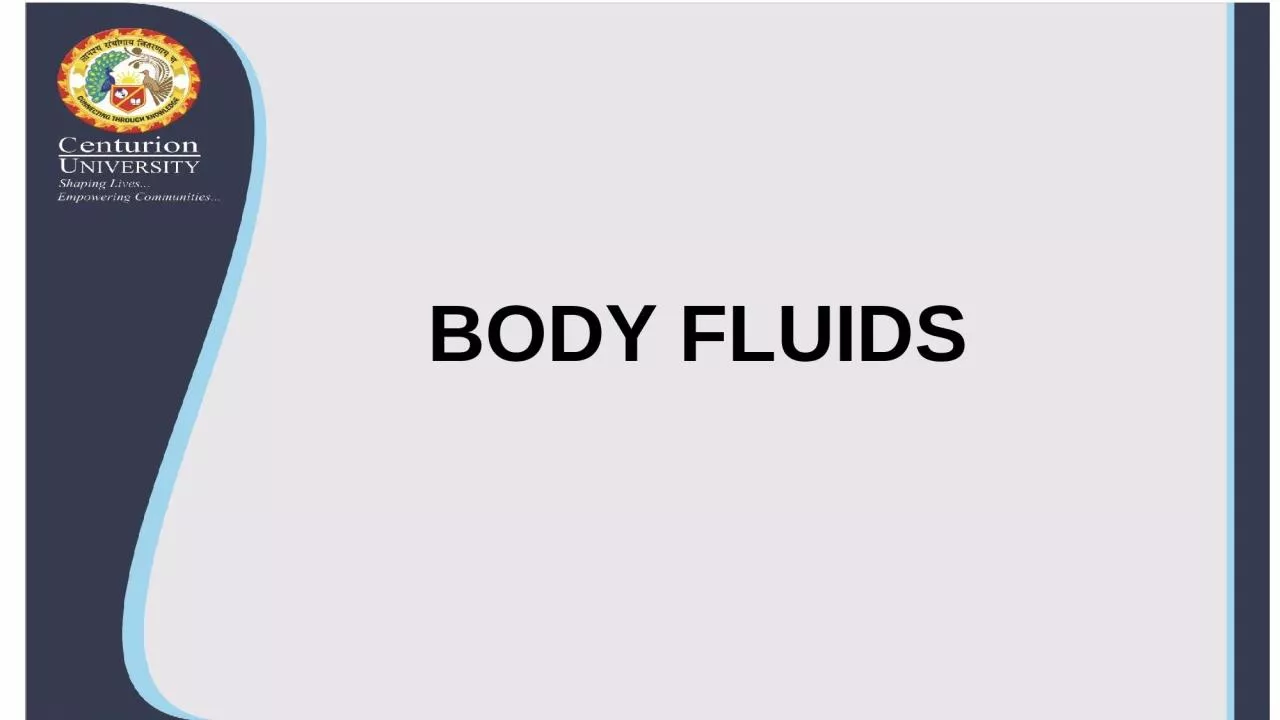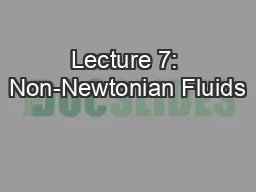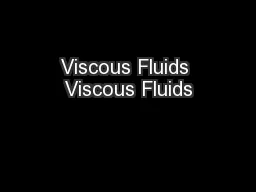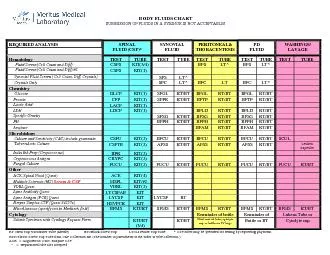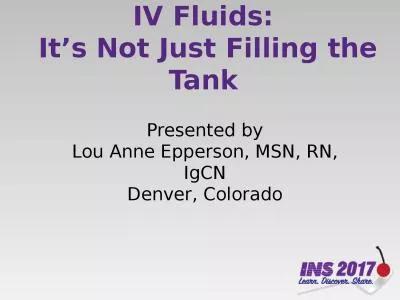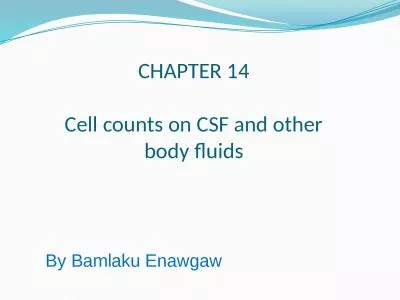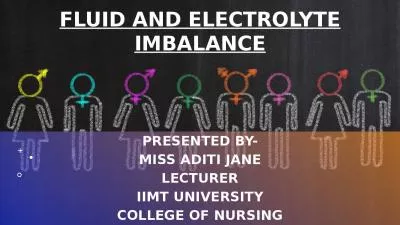PPT-BODY FLUIDS Adult nonherbivorous
Author : fauna | Published Date : 2023-11-15
lean 70 of Body wt is water Fatty animals Less body Water As low As 40 TOTAL BODY WATER Body water content influenced by Species Food habits Age Nutritional
Presentation Embed Code
Download Presentation
Download Presentation The PPT/PDF document "BODY FLUIDS Adult nonherbivorous" is the property of its rightful owner. Permission is granted to download and print the materials on this website for personal, non-commercial use only, and to display it on your personal computer provided you do not modify the materials and that you retain all copyright notices contained in the materials. By downloading content from our website, you accept the terms of this agreement.
BODY FLUIDS Adult nonherbivorous: Transcript
Download Rules Of Document
"BODY FLUIDS Adult nonherbivorous"The content belongs to its owner. You may download and print it for personal use, without modification, and keep all copyright notices. By downloading, you agree to these terms.
Related Documents

